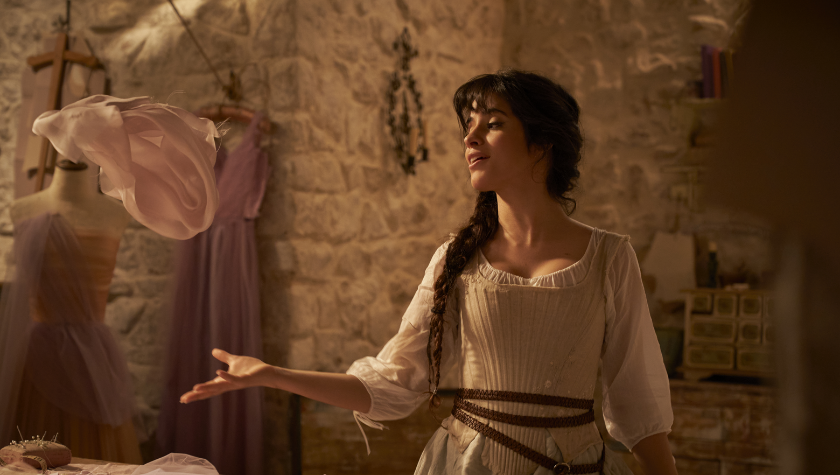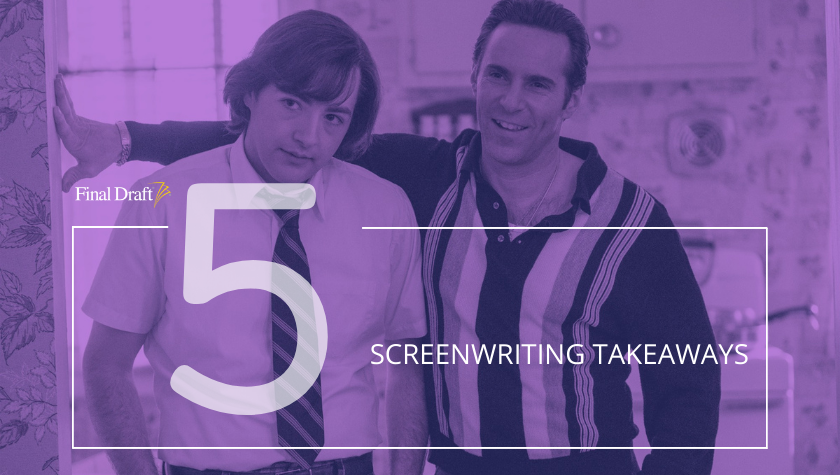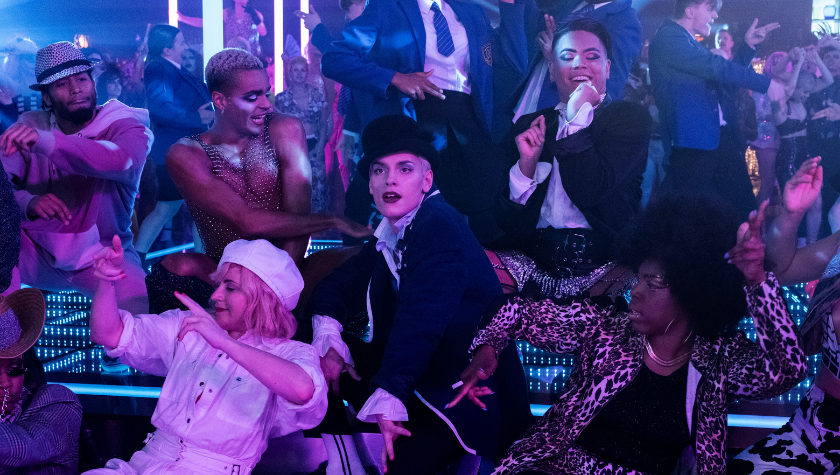Putting Relationships First: Mike Mills on “20th Century Women”
January 31, 2017
Writer-director Mike Mills’ autobiographical film 20th Century Women is all about relationships. When speaking with Mills, he mentioned, “The only way to learn about a character is to put him in various relationship situations.”
This is exceptionally true of the character Jamie (played by Lucas Jade Zumann) as he learns to navigate the world from the three women closest to him.20th Century Women begins in 1979 in Santa Barbara, California. Dorothea Fields is a determined single mother in her mid-50s raising an adolescent son, Jamie. At the same time, society is brimming with cultural change and rebellion. Dorothea enlists the help of two younger women—Abbie, a free-spirited punk artist living as a boarder in the Fields' home, and Julie, a savvy and provocative teenage neighbor—to help with Jamie's upbringing.
Mills’ multimedia background gives him a unique storytelling approach that highlights the film's main relationships. As the movie unfolds, it feels as though we are witnessing slices of life rather than typical character arcs. Mills admits he didn’t intend to provide a new story structure to the writing world. However, the layout of the story, use of narration, and the specific references sprinkled throughout give the film its ultimate emotional payoff.
Emotional Mapping and Layout
Dorothea’s journey begins in ordinary, everyday life. She accepts that her son will never come to her about everything so she enlists the women closest to her, whom she trusts, to keep her in the loop. Her son consciously knows his mother is feeling loss at her ability to relate to him, but his desire to connect is overshadowed by his desire to discover how he fits into the world. This set-up allows the audience to find their own relatable connection on either end of the spectrum.
The most ambitious part of the movie comes at the midpoint. Mills foreshadows Dorothea’s death through narration—something that many stories avoid. This is a powerful moment for the characters' relationships, and is the perfect moment for the audience to switch their attention back to Jamie. In this way, we see the application of lessons he’s learned by observing the three women. This transition also leaves Dorothea with an incredibly difficult challenge: to find the courage to let go of Jamie.
Julie sums up the film’s trial perfectly in her dialogue to Jamie after he admitted to wanting more than just sex from her: “ ... that’s like, your version of me, that’s not me ... you are like the others, you just pretend to be all modern about it.” This sets up the film's close where, despite Dorothea’s final attempt to relate to Jamie, she still can’t grasp the strings that connect them. Even Jamie finds himself at a loss to understand and describes it, saying, “I thought that was just the beginning of a new relationship with her, where she’d really tell me stuff. But maybe it was never really like that again. Maybe that was it ... . Years after she’s gone, I’ll finally get married and have a son. I’ll try to explain to him what his grandmother was like—but it will be impossible.”
Narration
An aspect of writing in which Mills excels is interweaving the narration from multiple characters’ perspectives. This technique is often used in films to give the audience direction on where the story is going. However, Mills uses it to provide the unspoken understanding each character has about the other. In the film, it feels as though the narration helps the characters unload their burdens and gain strength to continue forward. These little nuggets of insight bring the audience closer to the characters, as if we are at the dinner table having private conversations with Jamie or Dorthea.
References and Multimedia
To help support the structure of the characters and the story, Mills uses music, a Jimmy Carter speech, and feminist books. These lovely addendums bring his characters and their relationships further to life.
The moment in the kitchen where Jamie asks Dorothea if she is happy thoroughly sums up the era in which this film takes place. Her response, “Look, wondering if you’re happy is a great shortcut to being depressed,” shows the façade of people prior to the 1970's and feeds Jamie’s viewpoint that his mother will always be a mystery to him. Jamie points at the façade later when listening to The Raincoats. His line: “Pretty music’s used to hide how unfair and corrupt society is” draws the perfect line in the sand between Dorothea’s values and lifestyle and what Jamie will discover to be his own values and lifestyle.
The façade in Dorothea’s character remains unchanged as the highly acclaimed Jimmy Carter speech is given. Her deeply held beliefs are in alignment with Carter’s speech and show in her small line: “That was a beautiful speech.” The use of this significant generational reference gives the audience clues that Dorothea’s biggest fear is she will eventually become obsolete. Later, Jamie reads an excerpt from the book Sisterhood is Powerful titled “It Hurts to Be Alive and Obsolete: The Aging Woman” By Zoe Moss, 1970. Even though this is Jamie’s attempt to relate and connect with Dorothea on a very genuine level, Dorothea takes it in a way that pushes the relentless truth out of her mind.
This use of cultural vignettes highlights each character’s true, yet secret, nature. And does so in a way that is not necessarily seen in the characters' interactions with each other. They give the audience a taste of what each character finds important and the hidden contradictions in human nature. For example, Dorothea provides a strong and courageous front for others, but then we see her struggle in the privacy of her bathtub, unable to love herself.
Mills didn’t necessarily need to do research to find these gems. He stated the references he used throughout the film come from his own personal life experiences—including the feminist books. “Trust in your personal experience," he said "and trust it will make something great.”
Written by: Roe Moore
Originally from Aurora, CO, Roe Moore is a script supervisor, screenwriter, and emerging director based in Los Angeles, CA. She has worked on commercials, film, and television shows. Her favorite number is 2 and she loves dachshunds. More can be found on her website: www.RoeMoore.com.



